Chess grandmasters do double the brain work
Chess blog for news and trivia (c) Alexandra Kosteniuk, 2011
Hi Everybody,
The New Scientist has come up with interesting research. Becoming a grandmaster is hard work. But do you know that a grandmaster's brain works harder too - twice as much as regular people. According to the research expert chess players use both sides of their brain to process chess tasks.
Merim Bilalic at the University of Tübingen in Germany used fMRI to scan the brains of eight international chess players and eight novices while they identified either geometrical shapes or whether the pieces on a chess board were in a check situation. The expert players were quicker at solving the chess problem, activating areas on both sides of their brains as they did so. The novices used just the left side.
Bilalic had expected the expert players to use a faster version of the processing mechanism used by novices. "But once the usual brain structures were engaged, the experts utilised additional complementary structures in the other half, to execute processes in parallel," he says.
This parallel processing didn't occur when the expert players carried out the geometry task, suggesting that it is limited to practised skills. "It shows that there really is no short cut to expertise," says Bilalic.
From Alexandra Kosteniuk's
www.chessblog.com
Also see her personal blog at
www.chessqueen.com
GMs use more brainpower: What would Mr Spock say?
Hi Everybody,
The New Scientist has come up with interesting research. Becoming a grandmaster is hard work. But do you know that a grandmaster's brain works harder too - twice as much as regular people. According to the research expert chess players use both sides of their brain to process chess tasks.
Merim Bilalic at the University of Tübingen in Germany used fMRI to scan the brains of eight international chess players and eight novices while they identified either geometrical shapes or whether the pieces on a chess board were in a check situation. The expert players were quicker at solving the chess problem, activating areas on both sides of their brains as they did so. The novices used just the left side.
Bilalic had expected the expert players to use a faster version of the processing mechanism used by novices. "But once the usual brain structures were engaged, the experts utilised additional complementary structures in the other half, to execute processes in parallel," he says.
This parallel processing didn't occur when the expert players carried out the geometry task, suggesting that it is limited to practised skills. "It shows that there really is no short cut to expertise," says Bilalic.
From Alexandra Kosteniuk's
www.chessblog.com
Also see her personal blog at
www.chessqueen.com
Labels: chess research, New Scientist





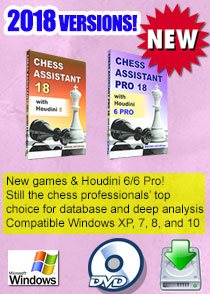























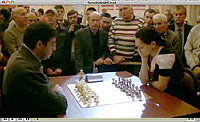
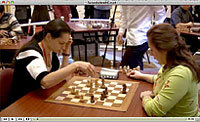
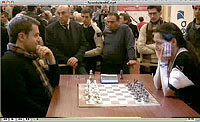

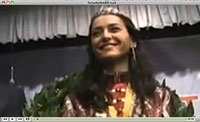

3 Comments:
At January 12, 2011 at 11:19 AM , ami, marriageisland said...
ami, marriageisland said...
that's why so many of them go bonkers as well. no taking names here:)
At January 12, 2011 at 10:22 PM , Horacio said...
Horacio said...
Cool!
At January 13, 2011 at 12:20 AM , Glenn said...
Glenn said...
Fascinating. (Raises an eyebrow)
Post a Comment
Note: Only a member of this blog may post a comment.
Subscribe to Post Comments [Atom]
<< Home